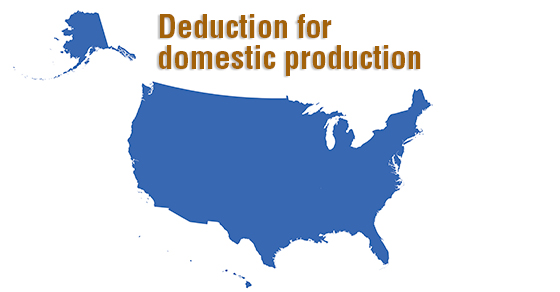It’s not uncommon for adult children to help support their aging parents. If you’re in this position, you might qualify for the adult-dependent exemption. It allows eligible taxpayers to deduct up to $4,050 for each adult dependent claimed on their 2016 tax return.
Basic qualifications
For you to qualify for the adult-dependent exemption, in most cases your parent must have less gross income for the tax year than the exemption amount. (Exceptions may apply if your parent is permanently and totally disabled.) Generally Social Security is excluded, but payments from dividends, interest and retirement plans are included.
In addition, you must have contributed more than 50% of your parent’s financial support. If you shared caregiving duties with a sibling and your combined support exceeded 50%, the exemption can be claimed even though no one individually provided more than 50%. However, only one of you can claim the exemption.
Factors to consider
Even though Social Security payments can usually be excluded from the adult dependent’s income, they can still affect your ability to qualify. Why? If your parent is using Social Security money to pay for medicine or other expenses, you may find that you aren’t meeting the 50% test.
Don’t forget about your home. If your parent lives with you, the amount of support you claim under the 50% test can include the fair market rental value of part of your residence. If the parent lives elsewhere — in his or her own residence or in an assisted-living facility or nursing home — any amount of financial support you contribute to that housing expense counts toward the 50% test.
Easing the financial burden
Sometimes caregivers fall just short of qualifying for the exemption. Should this happen, you may still be able to claim an itemized deduction for the medical expenses that you pay for the parent. To receive a tax benefit, the combined medical expenses paid for you, your dependents and your parent must exceed 10% of your adjusted gross income.
The adult-dependent exemption is just one tax break that you may be able to employ to ease the financial burden of caring for an elderly parent. Contact us for more information on qualifying for this break or others.










